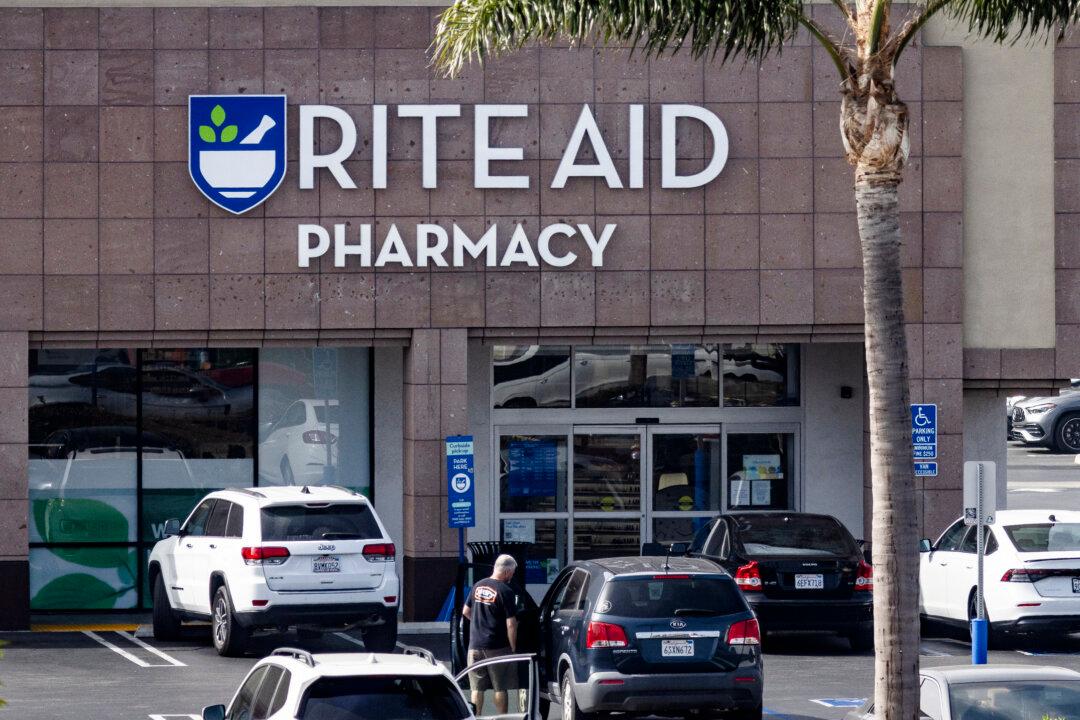Rite Aid and its subsidiaries filed for Chapter 11 bankruptcy at the U.S. Bankruptcy Court for the District of New Jersey. To support Rite Aid during the sales process, the company “has secured commitments from certain of its existing lenders to access $1.94 billion in new financing,” the statement said.
“This financing, along with cash from operations, is expected to provide sufficient funding during the sale and court-supervised process.”
Assets that are not sold during the court-supervised bankruptcy process would be divested or monetized.
During bankruptcy, customers will still be able to access pharmacy services and products at the company’s physical stores and online.
The drugstore chain “is working to facilitate a smooth transfer of customer prescriptions to other pharmacies. Rite Aid employees assisting with this process will continue to receive pay and benefits,” the company said.
However, things have not gone smoothly for the company, as evidenced by the decision to file for bankruptcy again.
Matt Schroeder, Rite Aid CEO, said the company has “continued to face financial challenges, intensified by the rapidly evolving retail and healthcare landscapes in which we operate.”
Drug Chains Under Stress
Drugstore chains have been scrambling for some time. In October, Walgreens announced plans to shutter 1,200 of its stores over a period of three years, with roughly 500 closures scheduled for fiscal year 2025.He said the pharmacies grew too fast and that they were now dealing with lower profits on generic drugs. Some have become inefficient, while others have tried to integrate health care solutions into their businesses.
“They tried diversifying into health care with varying degrees of success, and to rationalize the business, [they] have cut costs to reach profitability, eventually leading to store closures. There’s no one simple fix here,” Saunders said.
“It’s something they’re going to have to work through in the next five years and will cause a problem for consumers.”
The pharmacy expert suggests that closing drug stores would force many consumers to fill their drug prescriptions via mail, especially in rural areas.
This, Saunders says, is more bad news for brick-and-mortar drug stores.
“Not everyone likes it, but it’s cheaper for the insurance companies and a heck of a lot more convenient for the consumer. It’s an essential need, and if it can be delivered right to your home, so why not?” he said.
“Once people switch and get comfortable with it, [it] will eventually undermine one of the points of differentiation for pharmacies. If consumers don’t go in the stores, they aren’t going to pick up impulse purchases and their business model is going to unravel.”
It cited several factors, including capital constraints, labor shortages, an increase in costs, and a changing regulatory environment.
As for 2025, Ronald Winters, a principal at Gibbins Advisors, said that “while the new presidential administration introduces some uncertainty to the healthcare system, the core factors driving healthcare distress remain unchanged.”
“Standalone and rural providers will continue to face significant financial challenges, and collaborating with communities on effective restructuring solutions is vital to preserving essential healthcare services in those regions,” he said.







